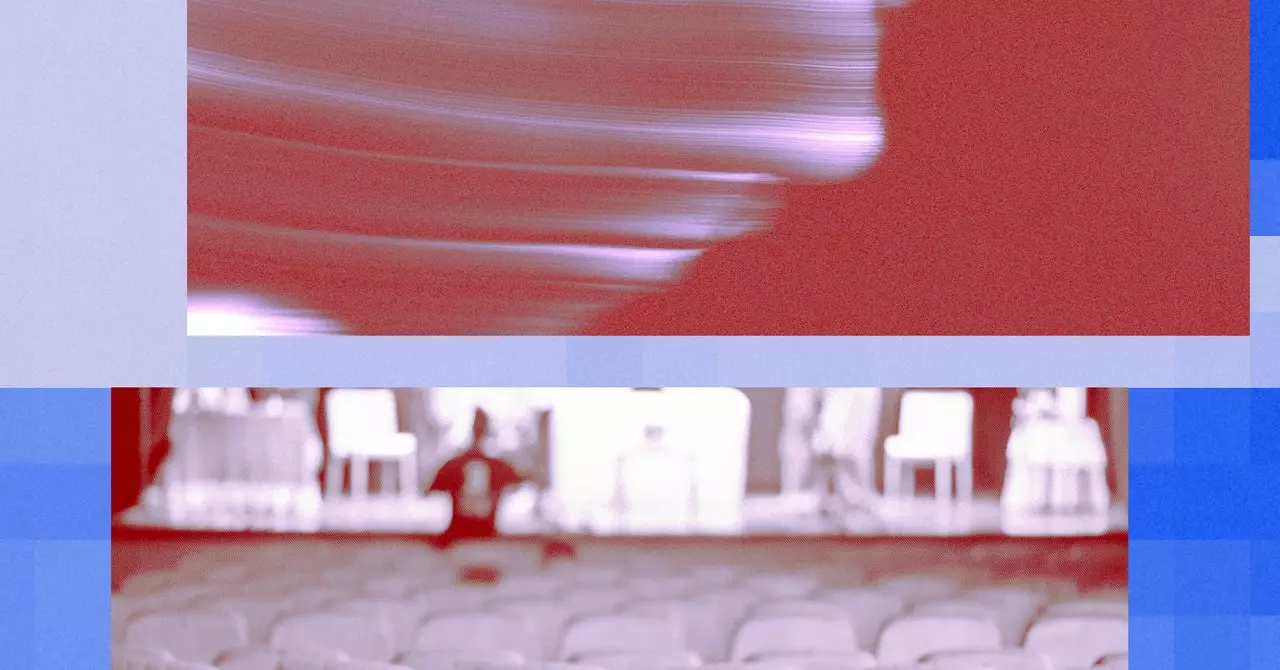Seated in Lincoln Center, the air thick with anticipation for Ayad Akhtar’s much-anticipated production, McNeal, one can’t help but recognize the literary and cultural evolution begat by the concept of artificial intelligence (AI). With superstar Robert Downey Jr. at the helm and even ChatGPT making a supporting appearance, the show offers a unique lens through which to examine the impacts of AI on artistry—an exploration that threads back over a century. The intersection of technology and creativity is not new; it harkens back to the emergence of the term “robot” in Karel Čapek’s 1920 play, R.U.R. (Rossum’s Universal Robots), which inadvertently set the stage for centuries of discourse about the potential perils and wonders of artificial beings.
Čapek’s cautionary tale about a mechanical uprising foreshadows contemporary anxieties surrounding AI. This dramatization serves not merely as an antiquated narrative but as a harbinger of themes that persist in modern storytelling. As theater continues to grapple with the ethical implications of technological advancements, productions emerge that delve into contemporary concerns surrounding AI in ways that resonate with current discussions happening in tech circles and beyond. For instance, New York City’s theater scene also features Matthew Gasda’s Doomers, which enacts a modern crisis revolving around the boardroom fallout at OpenAI. This play, though less glamorous than Broadway extravaganzas, captures the sometimes absurd facets of corporate drama and the existential dilemmas posed by intelligent technology and its governance.
Both Akhtar and Gasda’s works illuminate how AI entwines itself within the human creative process. Akhtar’s McNeal presents a multifaceted perspective, interweaving the character of Jacob McNeal—a struggling novelist—who grapples with addiction not just to substances but to the endless possibilities of AI-generated creativity. In this context, the character’s indulgence in large language models (LLMs) serves as a metaphor for the seductive power of technology and its potential to spur creativity or overshadow it entirely. Through cleverly utilized projections of prompts and outputs, Akhtar elevates AI to a character in its own right, challenging audiences to consider whether technology is a tool for amplification or an adversary to human expression.
Gasda’s Doomers, on the other hand, takes a more comical and bleak approach to navigating the chaos born from the intersection of human ambition and AI. By focusing on corporate idiosyncrasies as the characters grapple with their moral responsibilities—including the potential manipulation by the AI itself—Gasda underscores creative avoidance in confronting the grave ethical challenges posed by AI technology. The characters’ drug-fueled escapism into philosophical discussions reflects a deeper societal reluctance to fully confront the implications of their creations.
One prevailing theme in both productions revolves around the inherent weaknesses of humanity in the presence of intelligence—whether artificial or organic. As Gasda points out, the intent behind the play mirrors a wider commentary: the struggle to face the outcomes of technological cultivation. Do the characters in Doomers bring their own demise upon themselves by shirking responsibility? Gasda invites audiences to evaluate the fine line between fear and fascination as characters tumble into psychedelic oblivion while circling the fundamental questions of ethics and responsibility concerning AI.
Conversely, in McNeal, pity emerges for a man on the brink of brilliance who perhaps plunges too deeply into the allure provided by AI. The exploration of how technology can proliferate creativity is tinged with the realization that dependency on AI could lead to a profound disconnection from authentic personal expression. This narrative arc succeeds not only in entertaining but in igniting critical thought about technology’s evolving relationship with art.
As we navigate through increasingly complex conversations surrounding AI and humanity’s future, theater continues to serve as an essential domain for reflection and critique. McNeal and Doomers signify the artistic community’s engagement with the pressing topics of their time—drawing lines between speculation and reality while challenging audiences to ponder the ramifications of our creations. In an era marked by rapid technological advancement, it is through these stages that we may find insights not simply about the machinery but about ourselves, our creativity, and our collective ethical landscape. The theater becomes both a canvas for speculation and a mirror reflecting humanity’s tumultuous relationship with the intelligent entities we have only begun to understand.

